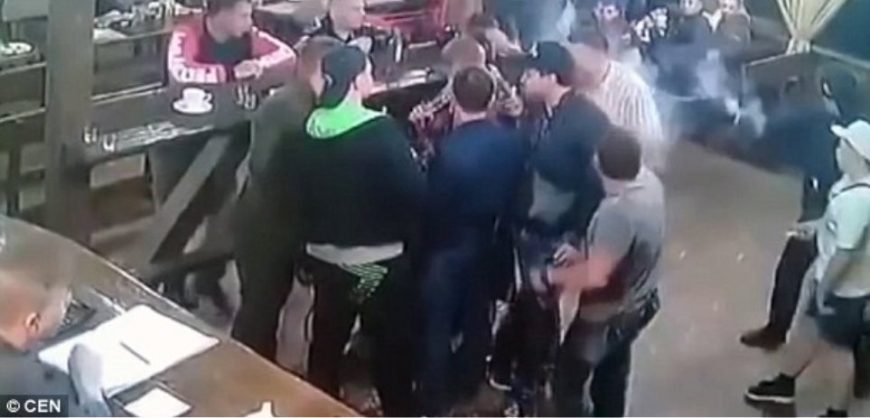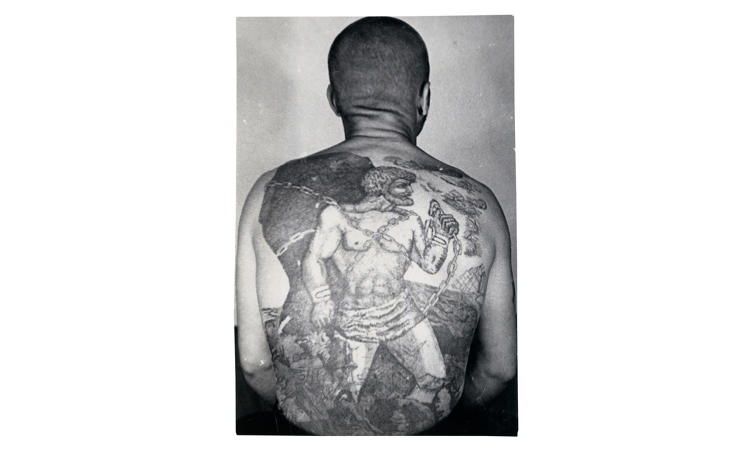

In Russian criminal jargon or Fenya (феня), a full set of tattoos is known as frak s ordenami (a tailcoat with decorations).

Ī thief's collection of tattoos represents his "suit" ( mast), which indicates his status within the community of thieves and his control over other thieves within the thieves' law.

Some of the motifs came from English sailor tattoos, such as the flying tall ships, a heart pierced by a dagger, anchors, a serpent-entwined heart or a tiger baring its teeth. Tattoos served to differentiate between an authority or "thief in law", and the many hundreds of thousands of political prisoners who were imprisoned during and shortly after World War Two for crimes not considered those of a "Vor" (thief). By January 1941, the Gulag workforce had increased by approximately 300,000 prisoners. This led to an increase in the prison population during and after World War II. Under the Gulag system of the Soviet era, laws that were implemented in mid-1940 allowed short prison sentences to be given to those convicted of petty theft, hooliganism, or labor discipline infractions. Up until World War II, any tattoo could denote a professional criminal, the only exception being tattoos on sailors. Вор в Законе) or Blatnye (authoritative thieves), and with that a tattoo culture to define rank and reputation. In the 1930s, Russian criminal castes began to emerge, such as the Masti (suits) and the Vor v Zakone (rus. In 1846, VOR was replaced by "KAT" the first three letters of the word for "hard labour convict" or katorzhnik. Brands were also applied to the shoulder blade and the right forearm, in three categories "CK" for Ssylno-Katorzhny ( hard labour convict), "SP" for Ssylno-Poselenets (hard labour deportee) and "Б" for Begly (escapee). In the 19th century, a "pricked" cross on the left hand was often used to identify deserters from the army, and up until 1846, criminals sentenced to hard labour were branded "BOP" ( thief), the letters on the forehead and cheeks. The branding of criminals was practised in Russia long before tattooing was customary, and was banned in 1863. 3 Khrushchev's reforms and decline of tattooing.


 0 kommentar(er)
0 kommentar(er)
